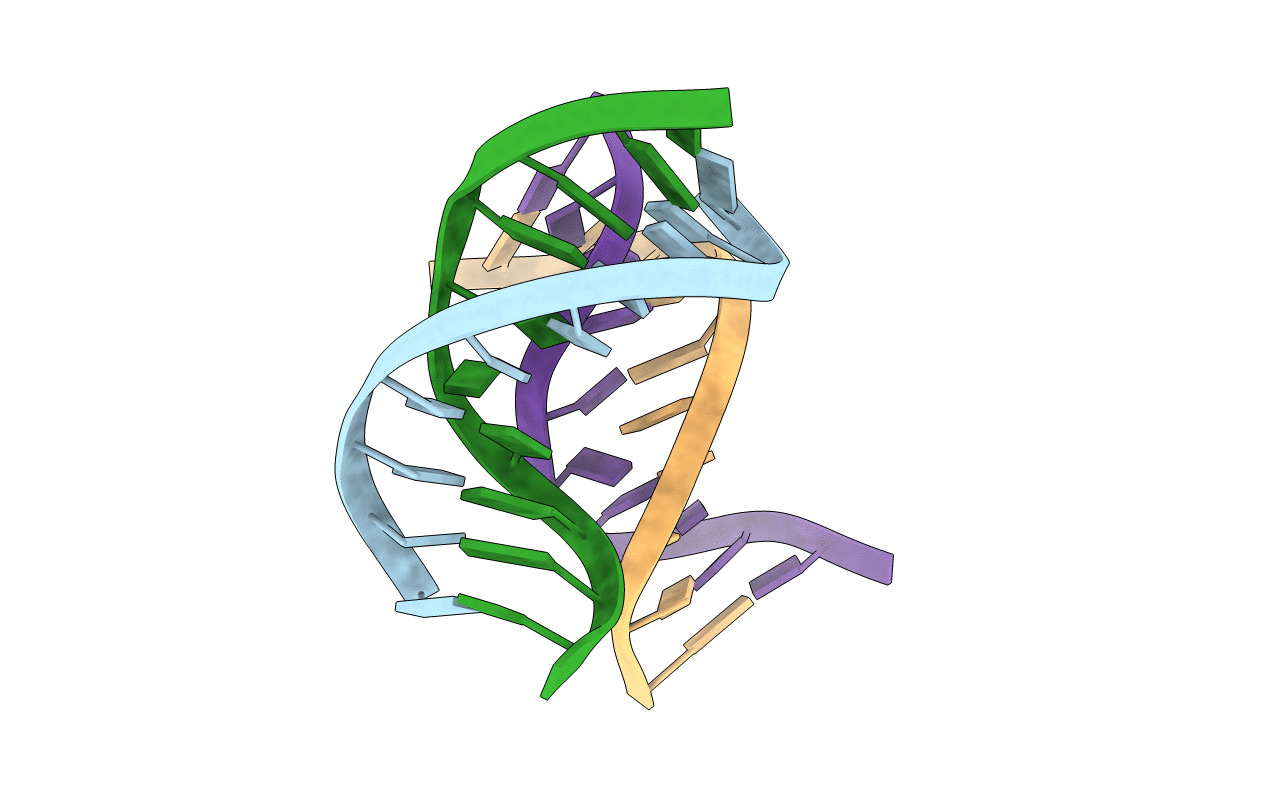
Deposition Date
2004-03-08
Release Date
2004-05-25
Last Version Date
2024-02-14
Entry Detail
Biological Source:
Source Organism:
Method Details:
Experimental Method:
Resolution:
2.00 Å
R-Value Free:
0.25
R-Value Work:
0.19
Space Group:
P 21 21 21


